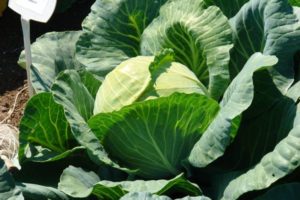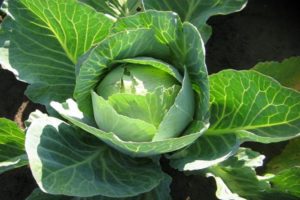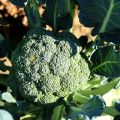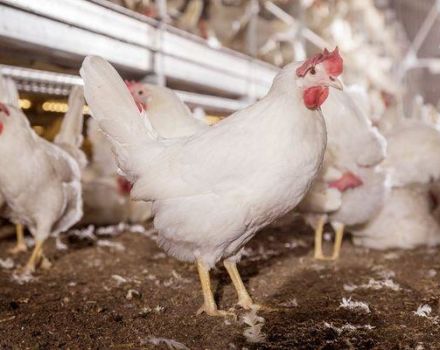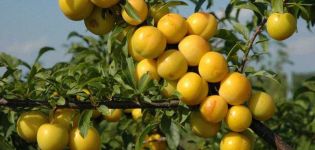How and when to properly huddle cabbage after planting in the ground
Hilling, carried out correctly on time, is, first of all, accelerating the development of the vegetable and protecting it from decay. When to spud cabbage and is it true that an incorrectly performed procedure can lead to the death of the ovary?
Timing of the procedure
Experienced gardeners pay special attention to hilling. After planting in the ground, regardless of how long the planting took place, the plant is given the opportunity to strengthen in the soil and grow, and only when the seedlings show their viability, each seedling can be spud.
Spring hilling
Spring hilling of cabbage in the open field is carried out depending on the growth activity of young seedlings. Sometimes the wait for this moment is delayed for 10-14 days, but more often, the sprout on fertilized soil is accepted more readily and is ready to strengthen the stem within 6-7 days after planting.
After 20-30 days, observing the formation of full-fledged ovaries, the hilling of cabbage is carried out a second time. Why is this needed? The fact is that in this case it is advisable to talk not only about strengthening the leg of the vegetable, but also about removing excess moisture, which at this stage of development of the head of cabbage is needed in less quantity than before. The repeated procedure, in spite of the fact that it is also the final one according to agrotechnical standards, often becomes intermediate.
After heavy rains, when the soil subsides, and then it is taken with a crust, exposing the root system of the vegetable, additional loosening and raking of the earth under the heads of cabbage must be done.
Autumn hilling
Seedlings planted in the fall take a week to be ready for the first procedure. Most agronomists with experience claim that autumn, late varieties need to be hilled only once, and a second operation is carried out only due to the subsidence of the soil by no less than 10 cm.
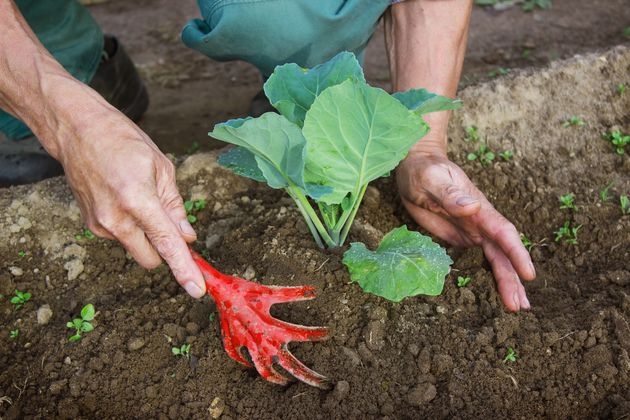
If there are doubts about this advice, and the heads of cabbage do not seem to be too securely fixed in the soil, the hilling procedure should be attributed to the evening, and in the morning of the same day, first remove the lower leaves from the plant, which will rot from contact with the ground and stop the growth of the entire plant.
What is the procedure
How to huddle cabbage correctly? Two types of tools can be used for a standard simple action - this is one of the varieties of a hiller or an ordinary glanders. First, the soil is loosened to a state of fine grain, secretly removing all weeds. You can take advantage of the time spent to simultaneously inspect cabbage greens for pests.
After loosening, a mound is formed around the stem of each plant, reaching the lower leaves of the seedlings, but not higher than 30 cm.
The soil is collected carefully so as not to damage the seedlings. Ash, mustard powder or other dry insect repellent spills between the cabbage rows, but you can do without this if you plan to spray with chemicals later.
However, even in this case, when the plans include a special treatment of ripening cabbage, every other day it is necessary to strengthen the space between the rows, from where the earth was taken to strengthen the stems. Shedding of soil is prevented by placing old sawdust, straw chaff or just armfuls of dry grass in the formed grooves.
You need to huddle in calm, windless weather, so that the puffed and selected soil does not spread throughout the garden. 2-3 days before hilling is carried out, the cabbage is fed, preferably with 10% chicken droppings diluted with water.
Features of processing broccoli and cauliflower
Do I need to huddle broccoli? Necessarily, but since this vegetable is quite specific in terms of caring for it, you will have to spud broccoli for the first time the very next day, after the seedlings are planted in open ground. This procedure is more reminiscent of surface loosening, when you only need to lightly add soil under the root. The timing of subsequent loosening is a cut every 5-7 days, and the depth of soil capture should be about 6-7 cm. How many procedures will have to be carried out depends on the rate of broccoli ripening.
It is not necessary to form mounds around the head of cabbage, and the second time, in order to avoid rotting of the head, all the first leaves of the plant are removed. Hilling broccoli cabbage after good watering or rainfall, and thus hilling bush retains moisture longer.

How to properly handle cauliflower? When growing this type of cruciferous, the strengthening of the stem through the formation of an earthen roll occurs three times during the entire period of ripening of the inflorescences:
- For the first time, the procedure is carried out exactly one week after planting the seedlings in the ground;
- Re-hilling is carried out 25-30 days after the first, when noticeable ovaries appear;
- The third time occurs approximately 45 days after disembarkation, when the ovaries form tightly collected inflorescences.
In the subsequent period, the procedure for loosening and strengthening the root system of the emerging bouquet should be accompanied by abundant watering. The frequency of hilling is no more than once every seven days.
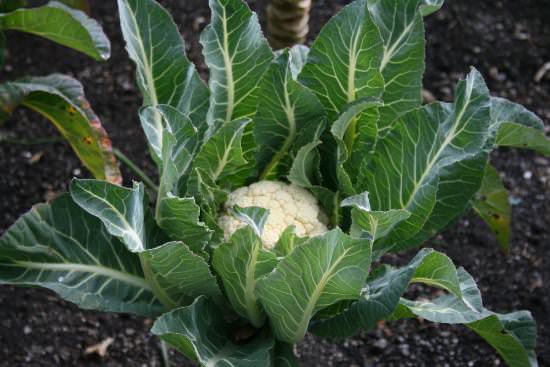
When asked whether it is possible to combine these manipulations with others that benefit the future harvest, the answer is yes.
When hilling, it is useful to mix humus or any other dry top dressing into loose, oxygenated soils, up to chopped straw mixed with compost.
Along with the correct loosening and timely strengthening of the emerging root system, regular watering cabbage beds, since a lack of water instantly affects the density of the head of cabbage and its further development. If we conditionally divide the entire growing season of cruciferous plants, then its first part should account for 20 liters of water per 1 m2, and for the second part - up to 40 liters per 1 m2.
